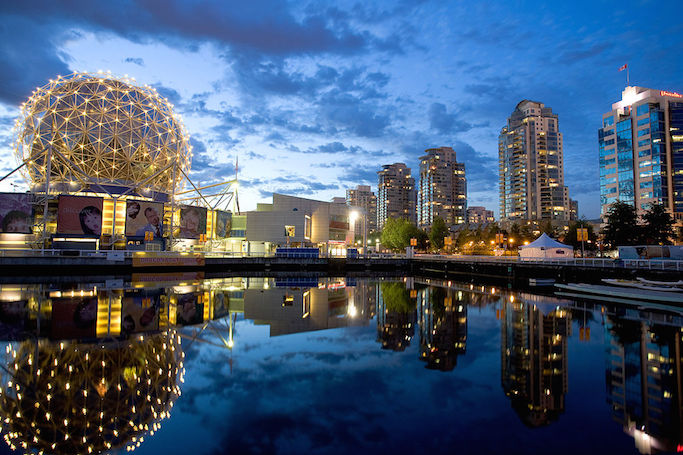
What do we see when we look around a public place? On those rare occasions when we can carelessly observe the world around us, what do we actually observe? Most of the time we see a little nature, a little architecture, a little commercial imagery and, if we’re lucky, a little public art. But where are the scientific displays or explanations?
I suspect the absence of science in public could be a consequence of the fact that so many scientists, nervous from continued assaults on the discipline, have been reluctant to enter into yet more potential turf battles. But, while that may be the case for many countries, it may not be so true for Ireland. According to a 2014 Eurobarometer survey over 92% of Irish respondents – the highest in the EU 28 – agree that a scientific education is important in stimulating creative thinking in young people.
But even though gaining a knowledge of the topic is uncontroversial, why should we bother pushing for more science in public places? A similar international survey tells us something disturbing: 34% of citizens in the European Union believe the sun rotates around the Earth; almost 50% of Americans believe that electrons are bigger than atoms; and less than 50% of Russians believe that we have evolved from an earlier species of human. While one could criticise polls and surveys till the cows come home, it’s very likely that you yourself have occasionally borne witness to some dazzling ignorance. While it’s hard to say what constitutes “basic” knowledge of science, I think it’s safe to say that we could all, myself included, use a little more awareness of some key scientific principles.
In terms of the distribution of scientific knowledge in the public domain, the discussion has centred, almost exclusively, around the classroom. While there’s no doubt that this is where the bulk of the knowledge will be distributed, science has a lot of catching up to do when compared to two other classroom taught subjects. Those subjects are commerce and art. These two disciplines thrust their existence into our lives centuries ago in the most visual ways possible. Both see the world as a vast expanse, to be used as a vessel to deliver novel new messages, displays of skill and visual masterpieces. Science, by comparison, has been the shy and reserved sibling, hiding in the corner while her sisters dance the night away.
So, are we surprised that science has been much quieter? Increasing the number of public displays of science is an exciting prospect, very exciting, once you think of what can be created. A walkable timeline of the history of the universe perhaps, or a scale model solar system; a stairs that illustrates the layers of the Earth, or even a public building which itemises all the native animals. When you compare the prospect of those visuals, with an ad for trumped up sugar water, you realise that perhaps science has been too modest all this time.
What’s more is that science is already there; we just choose to hide it. Roads, sewerage networks, telecom systems, and other networks are, at their heart, wonders of science. A manhole, which covers an international transoceanic communications cable is in no way celebrated the way it should be. Who could tell where ground was broken for the first time on the Dublin sewer system? Apart from Rome’s Aqueducts there is no location I can think of that celebrates the scientific masterpiece that are our freshwater systems. Where are the graphics, the footpath wraps, the informative monuments, and the engaging infographics?
Public places really are perfect for scientific displays. Aside from some advertising boards and a few walls which have already been colonised by commerce and art, there is still a lot of space available. Public parks, footpaths, public squares and all other areas are almost always managed by local councils, and while these institutions can be a little slow when it comes to granting permission and allocating funds, they are still made up of people just like you and I, and ultimately, they can be influenced by good ideas.
Rory Deegan is the creator of the Perth Solar System Stroll. He works in digital marketing and is the founder of toptenperth.com.au.






